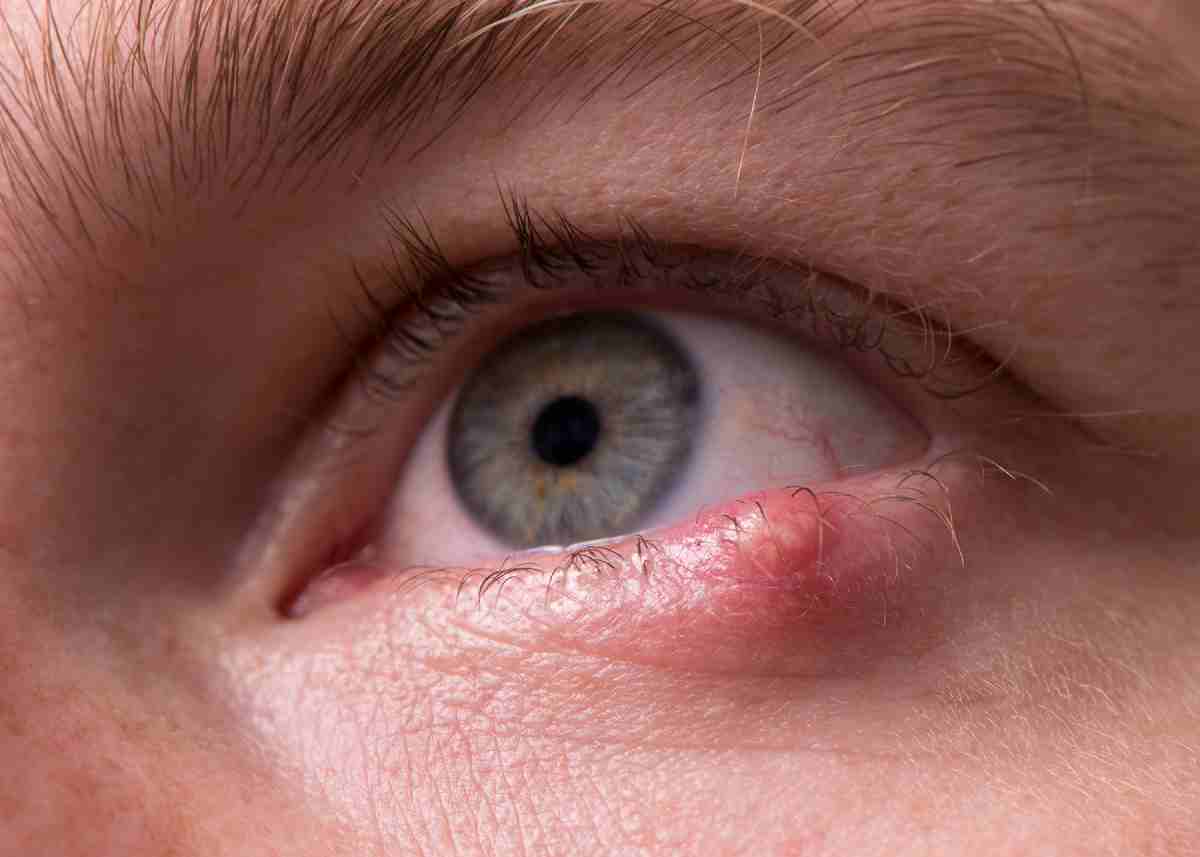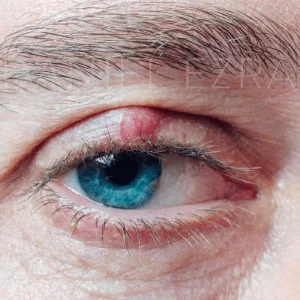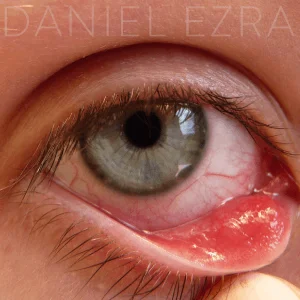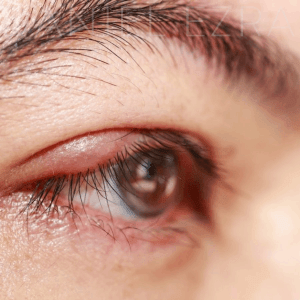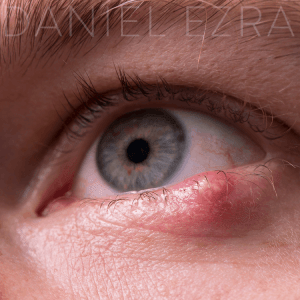FAQ
What are the risks and side effects of chalazion surgery?
The main risks of chalazion surgery are infection, a scar on the inside of the eyelid and the chalazion not being fully treated. It’s important to treat underlying blepharitis to prevent more chalazia developing.
How can you prevent a chalazion from developing?
A daily routine of lid cleaning and hot compresses can help remove dead skin and oils that could lead to blocked meibomian glands and subsequent cysts. Avoid touching your eyes and eyelids with dirty or oily hands, and get treatment for associated conditions like acne and rosacea.
Is eye cyst removal painful?
Our expert team use techniques to slowly administer local anaesthetic to reduce the sensation of pain. The eyelid is fully numbed before the procedure so you should only feel pressure rather than any pain.
Will I have scars after the treatment?
There is no scar on the skin but there will be a small scar on the inside of the eyelid.
What kind of anaesthesia is used?
Only local anaesthetic is required for chalazion removal and similar procedures. Your ophthalmic surgeon numbs the eyelid before draining the cyst.
How long does the surgery take?
At The Ezra Clinic, you can have your consultation and treatment on the same day. If surgery is necessary, the procedure should take no more than 30 minutes.
Is chalazion contagious?
Bacteria or other microorganisms do not cause chalazia, so they can not pass from person to person. However, a blocked gland may develop bacteria that can cause complications.
Always seek advice for any lumps or bumps on your eyelids or around your eyes. The Ezra Clinic specialises in eye treatments, and we will happily discuss chalazion removal cost, procedure time, and other details with you. Our experts are ready to help you get your quality of life back and remove chalazia’s discomfort and cosmetic impact.
